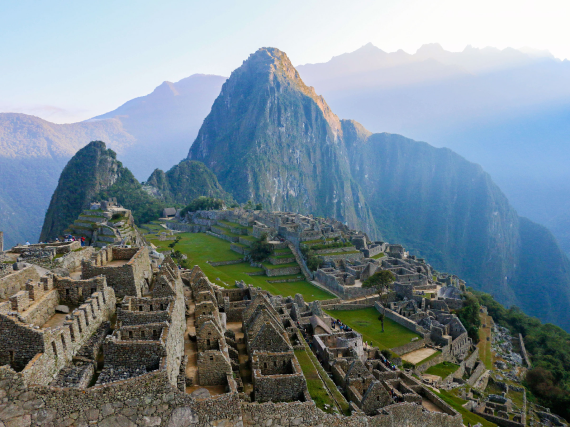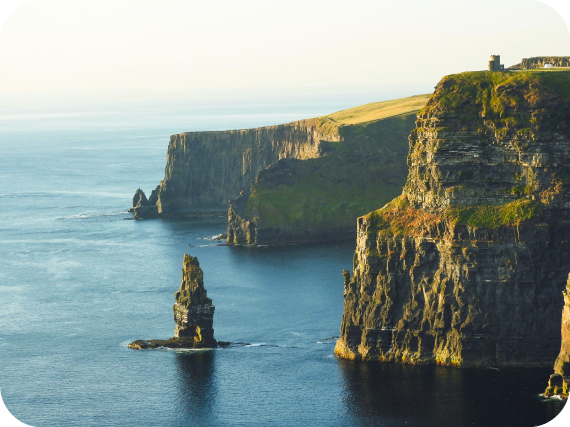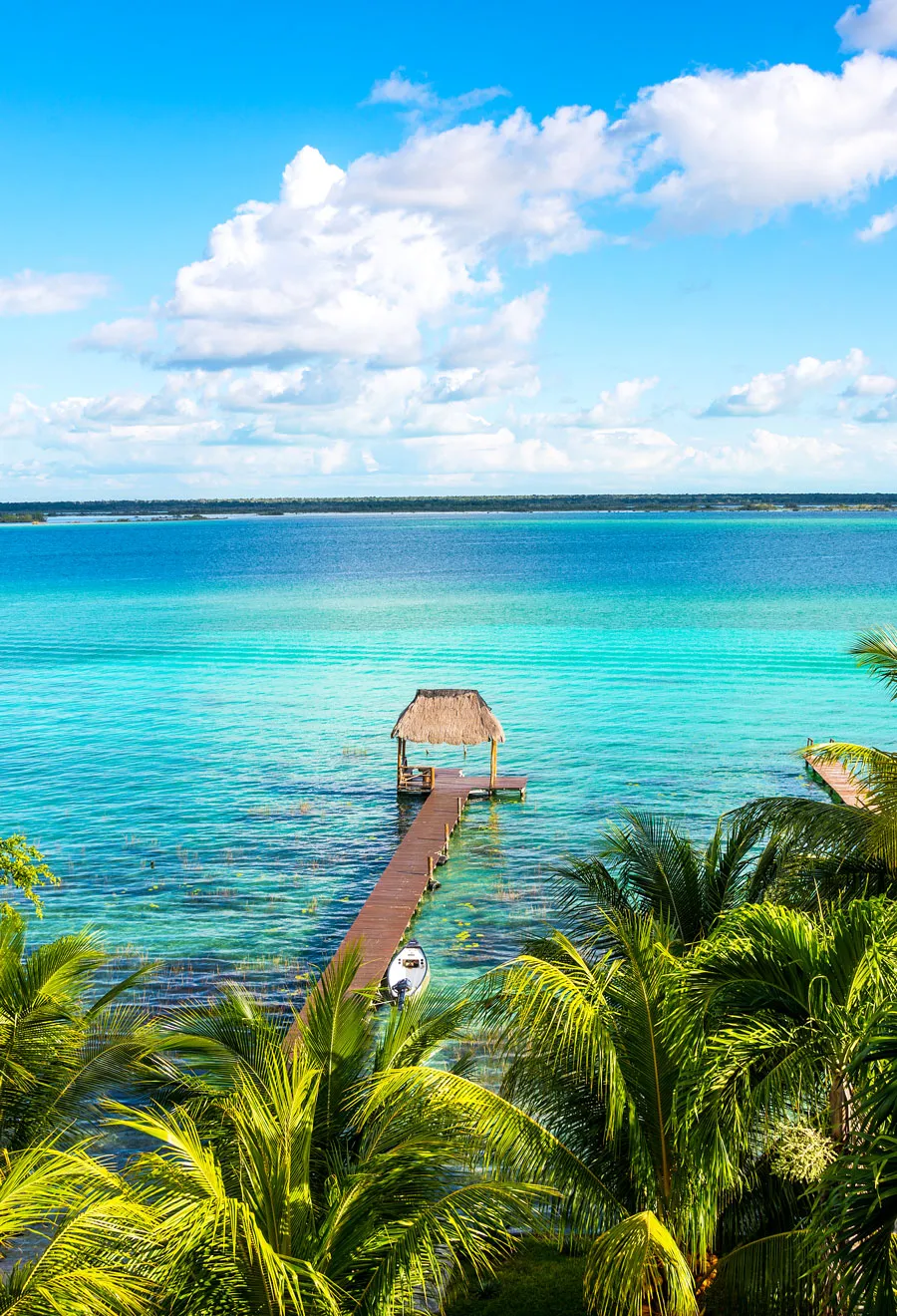Ever wondered what the difference is between an ocean and a sea? Seas are typically defined as subdivisions of oceans that are partially enclosed by land, often smaller and more contained than their open-ocean counterparts. While seas don’t always get the same attention, they are just as vital to global climate, trade, and travel. From the remote reaches of North America to the calm blue depths of Southeast Asia, check out 10 of the largest seas in the world.
10. Bering Sea
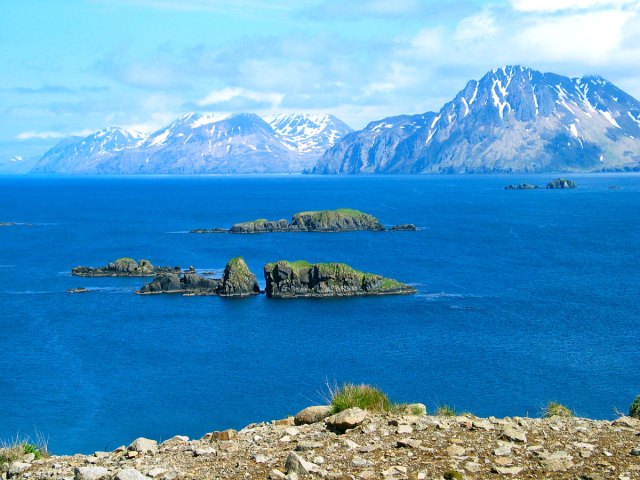
Total area: approximately 890,000 square miles
The Bering Sea lies between Alaska to the east and Russia’s Siberian coast to the west, connecting the Arctic and Pacific oceans via the Bering Strait. Its boundaries include the shallow strait at its northern tip, the Alaskan Peninsula and Aleutian Islands, and Russia’s Commander Islands.
Known for its icy waters, cool climate, and rich biodiversity, the sea hosts seasonal migrations of gray whales every summer. It supports about 300 fish species, while fur seals and sea otters inhabit its islands. During the last ice age, lower sea levels turned the Bering Strait into a land bridge, allowing early humans to cross between North America and Eastern Asia.
9. Gulf of Guinea
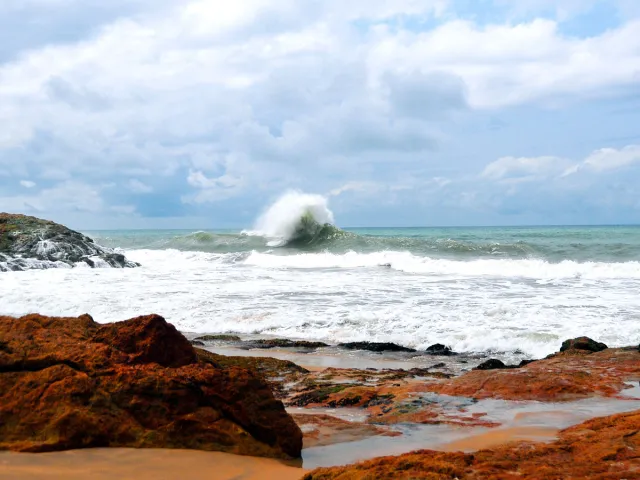
Total area: approximately 907,000 square miles
Part of the eastern Atlantic Ocean, the Gulf of Guinea forms a wide arc between Cape Palmas, Liberia, and Cape Lopez, Gabon, tracing the coastline of Western Africa. It touches the shores of nine countries in mainland Africa — including Côte d’Ivoire, Ghana, and Nigeria — plus the island nation of São Tomé and Príncipe.
A stretch of the mostly submerged Mid-Atlantic Ridge, one of the world’s longest mountain ranges, lies beneath the gulf’s surface. An important corridor for oil export and maritime trade, the Gulf of Guinea is also home to coastal fisheries off the shores of Côte d’Ivoire and Ghana.
8. Mediterranean Sea
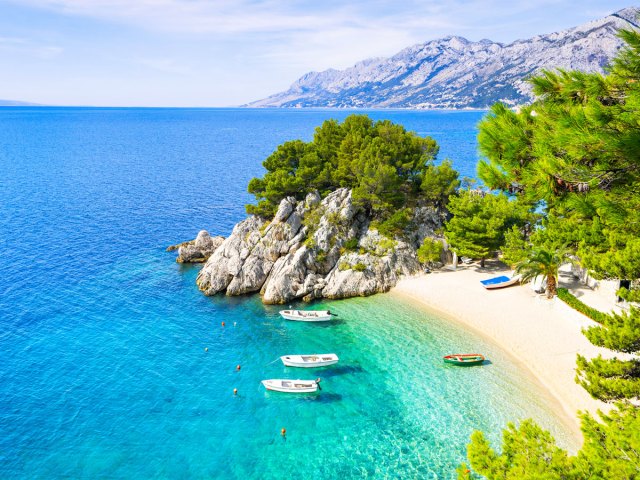
Total area: approximately 969,000 square miles
Known for its historic cities, idyllic islands, and warm waters, the Mediterranean Sea region attracts an estimated 220 million tourists each year. It links Europe with Africa and the Middle East, touching 22 countries and one territory along its 29,000 miles of coastline.
Long before the Mediterranean became a vacation hot spot, the sea served as an important trading route for the Phoenicians, Greeks, Romans, and Ottomans. Still a lifeline for those who live near its shores, the Mediterranean boasts incredible biodiversity. It’s estimated to be home to up to 18% of the world’s marine species; of these, 25% to 30% are endemic and found nowhere else on Earth.
7. Caribbean Sea
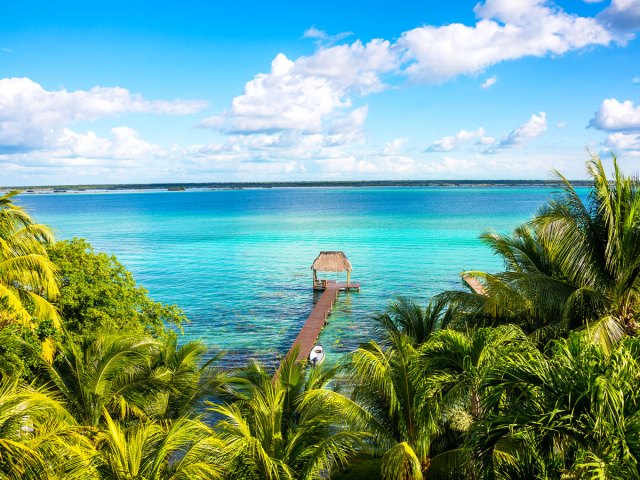
Total area: approximately 1.063 million square miles
The Caribbean Sea is another region known for its historical and touristic significance. It lies between the Atlantic Ocean and Gulf of Mexico, bordering Mexico, eastern Central America, northern South America, and the Greater and Lesser Antilles. This tropical sea has an average depth of around 7,200 feet, dropping to a maximum depth of 24,600 feet at the Cayman Trench.
Roughly 10% of the world’s coral reefs exist in the Caribbean Sea, making it one of the planet’s most diverse marine environments. It shelters 12,000 marine species and 13,000 plants, and the Caribbean region is home to roughly 44 million people.
6. Weddell Sea
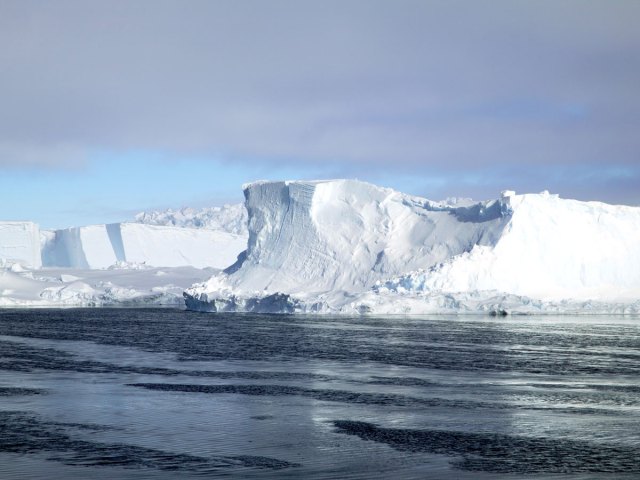
Total area: approximately 1.081 million square miles
Encased for much of the year in thick sea ice, the Weddell Sea lies on the eastern side of the Antarctic Peninsula. Enormous tabular icebergs are a common sight in this inhospitable and frigid realm of the Southern Ocean. Yet, certain wildlife thrives in the harsh climate, including krill swarms and migrating orca, humpback, and minke whales. Moreover, a third of all emperor penguin eggs hatch on the ice of the Weddell Sea.
The sea also holds a legendary place in expedition history: In 1915, Ernest Shackleton’s ship Endurance was destroyed by pack ice, leading to one of the most dramatic and extraordinary survival stories of polar exploration.
5. South China Sea
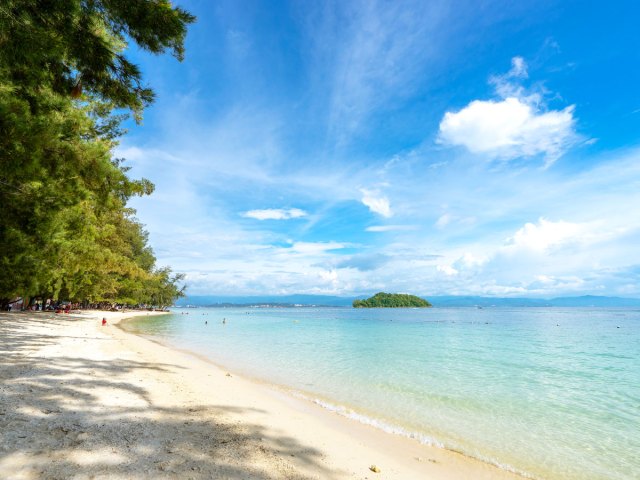
Total area: approximately 1.351 million square miles
Touching the coasts of Borneo, China, Taiwan, Vietnam, and the Malay Peninsula, the South China Sea is one the the world’s largest marginal seas. An extension of the western Pacific Ocean, the South China Sea is linked to the Indian Ocean via the Malacca Strait, which is among the busiest and most strategic shipping routes on Earth.
The waters of the South China Sea are vital for the fishing industry, with anchovy, mackerel, and tuna being some of the most abundant species. Over 500 million people are estimated to live within 100 miles of the sea’s coastline. Scattered around the South China Sea are unique geological landmarks such as the limestone karsts of Vietnam’s Ha Long Bay and the submerged atolls of the Spratly Islands.
4. Arabian Sea
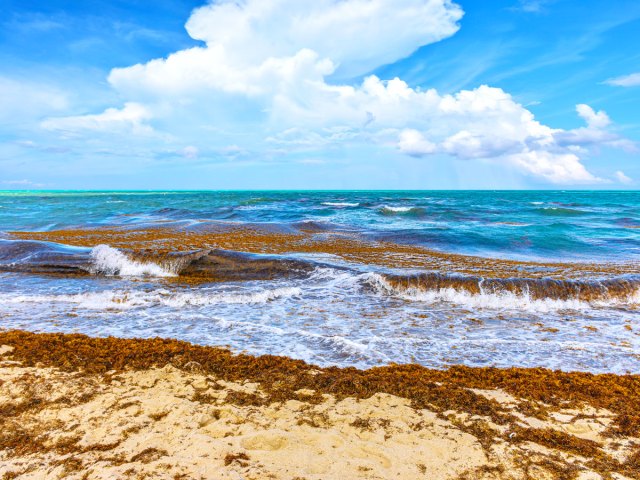
Total area: approximately 1.491 million square miles
The Arabian Sea is nestled between the Arabian Peninsula and Indian subcontinent, bordering countries such as India, Iran, Oman, Pakistan, and Yemen. Part of the Indian Ocean, it connects to the Red Sea via the Gulf of Aden and to the Persian Gulf via the Gulf of Oman. Major ports — namely in Mumbai, Muscat, and Karachi — line the shores of the Arabian Sea, serving as key shipping hubs on centuries-old maritime routes.
Running along the coast from Somali to Oman, the Somali Current is one of a few ocean currents that reverse direction. The phenomenon happens twice a year and is driven by seasonal monsoons. And just off Oman’s coast, the Arabian Sea shelters one of the world’s only populations of nonmigratory humpback whales.
3. Sargasso Sea
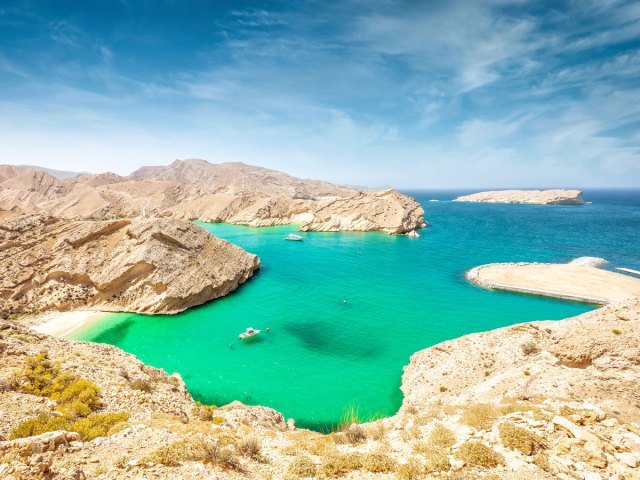
Total area: approximately 1.544 million square miles
Part of the subtropical North Atlantic Ocean, the Sargasso Sea is the only sea in the world without land borders. Instead, it’s bounded by four major currents: the Gulf Stream, Atlantic Current, Canary Current, and North Atlantic Equatorial Current. Its name comes from the golden algae sargassum that floats on its surface. Portuguese sailors in the 15th century called it “sargaço” because the algae’s air bladders reminded them of small grapes (the word sargaço refers to a type of grape).
Bermuda — an island of pink-sand beaches and historical forts — is the sea’s only inhabited landmass. The Sargasso Sea also overlaps the Bermuda Triangle, a swath of the Atlantic infamous for the unexplained disappearances of people, planes, and ships over the years.
2. Coral Sea
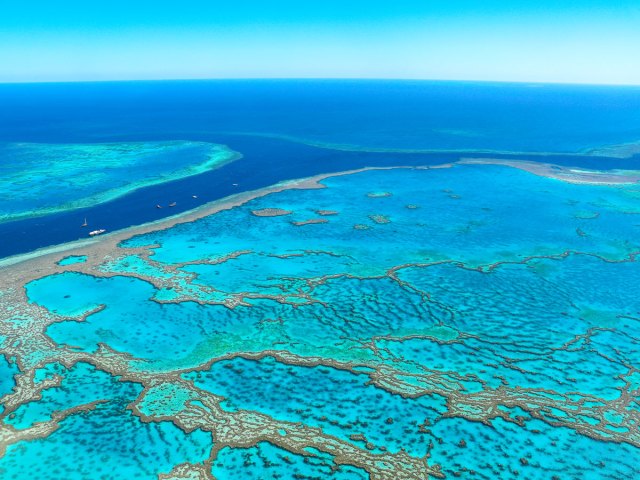
Total area: approximately 1.85 million square miles
Set in the southwestern part of the North Pacific Ocean, the Coral Sea extends between Australia, Papua New Guinea, and island chains such as New Caledonia, the Solomon Islands, and Vanuatu. Its depth plunges to 24,002 feet at the Solomon Trench and 25,134 feet at the New Hebrides Trench. The sea was the location for the 1942 Battle of the Coral Sea, the first naval battle fought solely by aircraft.
Today, it’s most famous for Australia’s UNESCO-listed Great Barrier Reef. The world’s largest coral system, it stretches for over 1,400 miles, spanning around 3,000 individual reefs and 900 islands. Visitors flock here for the chance to spot over 1,500 fish species and 400 types of coral on snorkeling and diving tours.
1. Philippine Sea
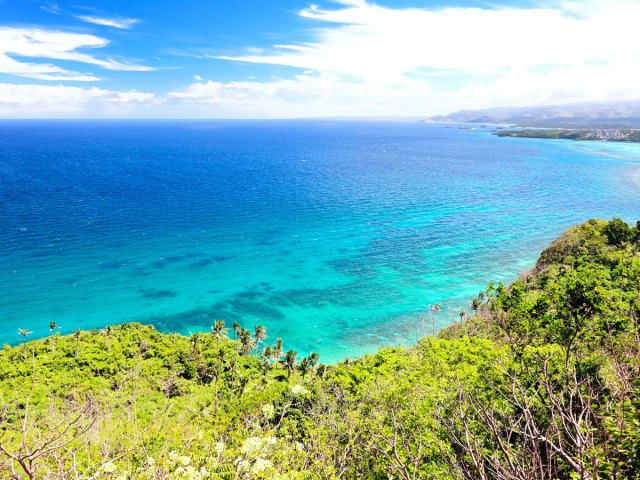
Total area: approximately 2.2 million square miles
The Philippine Sea — the largest sea in the world — is bordered by the Philippines, Taiwan, Japan, the Marianas, and Palau. Portuguese voyager Ferdinand Magellan was the first known European to visit the sea in 1521 as he searched for a route through the Atlantic to the East Indies. In the sea’s eastern reaches, you’ll find the Northern Mariana Islands. This U.S. territory features 14 islands known for beaches, military history, and wildlife spotting.
The Mariana Trench, the deepest point on the planet, at 36,000 feet below sea level, is also found in the Philippine Sea. In 2012, cinema director James Cameron famously traveled solo to its lowest point, called Challenger Deep, aboard his Deepsea Challenger submersible.
More from our network
Daily Passport is part of Inbox Studio, which publishes content that uplifts, informs, and inspires.

